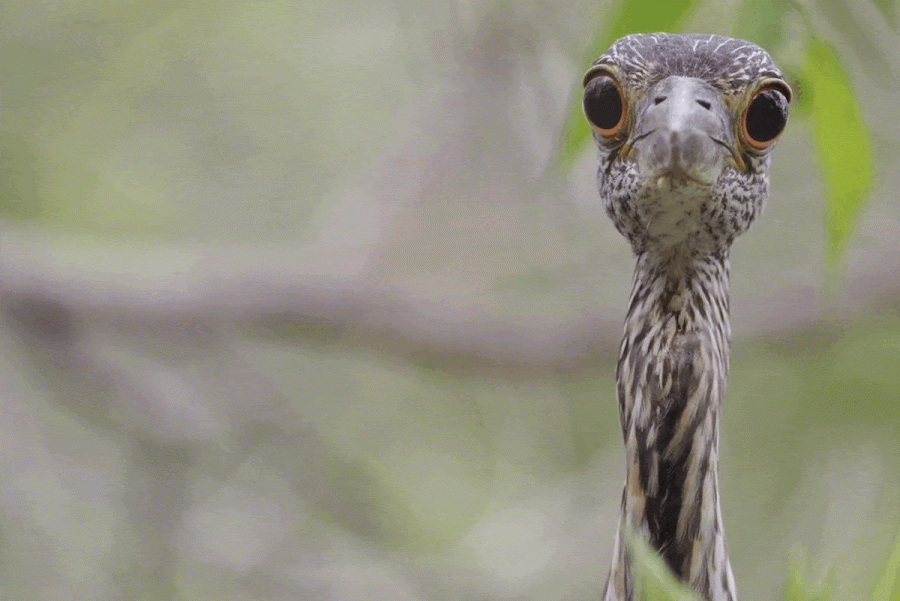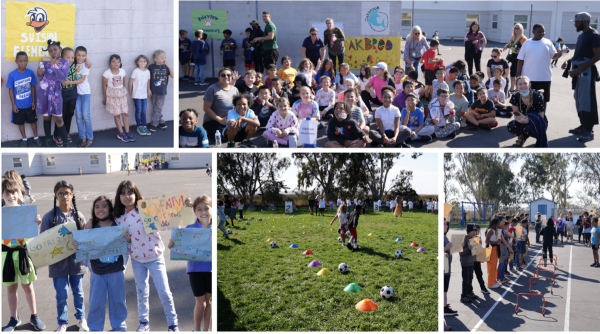City Nature Challenge records over 1,870,000 wildlife observations in a single weekend
More than 66,300 community scientists participated in the Challenge, contributing valuable biodiversity data from around the world.
SAN FRANCISCO, CA (May 8, 2023) — In its eighth year, the annual City Nature Challenge—one of the world’s largest community science events—has surpassed 1,870,000 wildlife observations for another record-breaking year! Over the four-day event held last weekend, more than 66,300 people across six continents participated however they could—from attending local wildlife surveys to finding the species in their own homes—to document the wondrous diversity of wild plants, animals, and fungi that share our planet using the free mobile app iNaturalist. From observations of critically endangered and elusive species to sightings of species outside of their known ranges, the City Nature Challenge underscores the power of community science in tracking real-time changes in our planet’s biodiversity—especially in urban areas.
Started in 2016 by the California Academy of Sciences and the Natural History Museum of Los Angeles County as a friendly competition between San Francisco and Los Angeles metro areas, the Challenge has expanded to over 450 cities around the world. This year’s Challenge broke previous observation records, tallying over 1,870,000 observations and recording over 57,200 species worldwide—including more than 2,500 rare, endangered, or threatened species. The highest number of observations were tallied in La Paz, Bolivia, where over 3,000 participants made more than 126,400 observations during the Challenge weekend! This year’s Challenge was made possible by the hundreds of individuals and partner organizations around the globe who empowered their respective communities to safely explore nature in their neighborhoods.
“I’m always excited to see new cities, especially those in new countries, join in the City Nature Challenge,” says Alison Young, co-Director of Community Science at the Academy and co-founder of the Challenge. “This year, we were thrilled to welcome participants from Baku in Azerbaijan, Maputo in Mozambique, Nairobi in Kenya, as well as several cities in Eswatini, India, Rwanda, and Thailand.”
See below for highlights for this year’s City Nature Challenge.
San Francisco Bay Area by the numbers
- More than 31,900 observations submitted to iNaturalist
- Over than 2,480 observers
- Contributors averaged 12.8 observations
- Over than 2,850 species documented
- Most observed species: California poppy (Eschscholzia californica)
San Francisco Bay Area highlights
Highlights from around the Bay Area include an endangered California tiger salamander, two sunbathing western fence lizards, a vulnerable and endemic wild onion, fruiting bodies of cotton candy-like slime mold, a male valley carpenter bee in mid-flight, a pair of Steller sea lions, a watchful great horned owl in San Francisco’s Presidio, an American beaver in the South Bay, and a California newt carefully navigating the forest floor.
World by the numbers
- More than 1,870,000 observations
- Over 66,300 observers
- Contributors averaged 28 observations
- Over 57,200 species documented
- Most observed species: Mallard duck (Anas platyrhynchos)
World highlights
Highlights from around the U.S. and the world include an inquisitive yellow-crowned night heron in Texas, a giant electric ray with albinism or leucism near Mexico’s Socorro Island, an Indo-Pacific humpback dolphin off the coast Hong Kong, a pair of red fox pups in England, a short-tailed weasel after a successful hunt in Utah, Asian weaver ants dismembering the queen of a rival colony in Thailand, a carefree southern sea otter in California’s Monterey Bay, a dazzling sea slug in New Zealand, a critically endangered buchu plant in South Africa, a desert-dwelling coast patchnose snake in Orange County, and a portly Pacific horned frog in Ecuador.
For Young, the Challenge is not only a source of critical biodiversity data but an opportunity for people to connect with nature and each other. “Slowing down and really seeing how many different species are around you no matter where you are—maybe even finding something you had no idea lived around you—helps to build a deeper appreciation for the natural world.”










